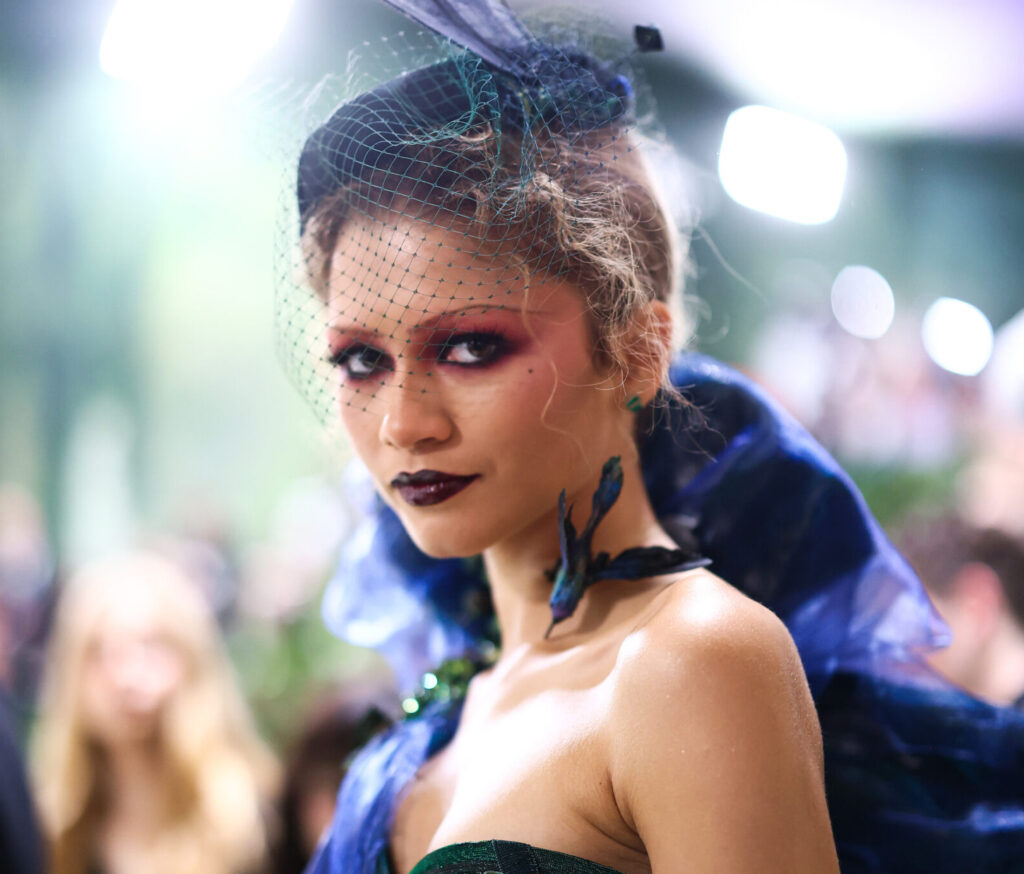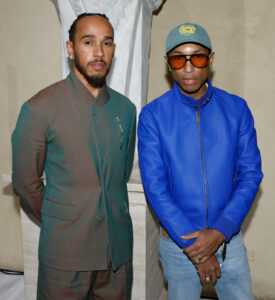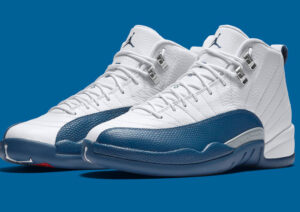The first Monday of May has become an annual spectacle—where fashion, art, and celebrity converge on the red-carpeted steps of the Metropolitan Museum of Art. In 2025, that spectacle promises to be more meaningful than ever. On May 5th, the Met Gala returns with a theme that dives deeper than surface glamour. Titled “Tailored for You,” the event will celebrate the Costume Institute’s spring exhibition, “Superfine: Tailoring Black Style.”
Rather than centering European couture houses or avant-garde fashion futurism, this year’s theme is rooted in cultural reclamation. “Superfine” explores the history, evolution, and influence of Black dandyism—an aesthetic and social practice where fashion becomes not just personal expression, but political action. The 2025 Met Gala will be more than just a party. It will be a cultural reckoning dressed in double-breasted suits, silk cravats, and the sharp lines of self-possession.
Black Dandyism: More Than a Style
To understand the importance of “Superfine” is to understand Black dandyism—not as a niche subculture, but as a centuries-long tradition of resistance through elegance. Rooted in West African sartorial heritage and refined under the oppressive gaze of Western society, Black dandyism is the art of dressing with deliberate dignity in a world that often denies that dignity.
From Frederick Douglass to André Leon Talley, from 19th-century freedmen to contemporary icons like Jidenna and Steve Lacy, the Black dandy uses fashion not only to express individuality but to challenge racist power structures that seek to limit it. Suits, hats, and fine tailoring become armor, defiance, and performance all at once.
Fashion has always been political for the marginalized. When you’ve been historically denied the full range of humanity, simply dressing with intention and opulence becomes an act of reclamation. The sharpness of the Black dandy is not just in his cuffs or collars—it’s in his critique.
“Tailored for You”: A Dress Code with Purpose
Every Met Gala comes with a dress code, often abstract (“Heavenly Bodies,” “Camp,” “Gilded Glamour”), designed to provoke interpretation and creativity. But “Tailored for You” is refreshingly literal—and powerful. It signals a shift away from spectacle-for-spectacle’s-sake toward something intimate and political.
The phrase invites attendees to consider the cultural specificity of their garments. It asks: Who are you dressing for? What does your tailoring say about you? About your lineage? Your politics? Your sense of belonging?
Expect to see precision suiting, but with flair—traditional African fabrics reimagined in Savile Row silhouettes, bold color palettes, exaggerated lapels, custom linings that carry personal or historical meaning. Menswear rules the evening, but through a lens of identity, queerness, and cultural memory.
The Costume Institute’s Exhibition: “Superfine”
The Costume Institute’s spring exhibition, “Superfine: Tailoring Black Style,” will feature an expansive survey of Black fashion from the 18th century to the present. Curated by Kimberly Jenkins, founder of the Fashion and Race Database, the exhibit brings together archival garments, portraits, ephemera, and contemporary designs to tell a story often excluded from fashion history.
From the zoot suits of Harlem’s swing era to the soft elegance of modern Black designers like Wales Bonner, the exhibition reveals how Black people have continuously reshaped Western fashion norms while creating entirely new ones. It also explores the tension between fashion as a tool of assimilation and as a form of subversion.
Expect pieces from emerging Black tailors alongside works from fashion legends—Ozwald Boateng, Patrick Kelly, Dapper Dan, and Virgil Abloh. But “Superfine” isn’t just a fashion timeline—it’s a socio-political map. One where every hem, button, and cut carries the weight of survival and style.
Cultural Context: From Enslavement to Empowerment
This year’s Met Gala doesn’t just look good—it looks back.
In antebellum America, enslaved Black people were often denied the right to dress themselves freely. Clothing was a tool of control. But even under these circumstances, enslaved and free Black individuals found ways to subvert expectations—dyeing fabrics, modifying uniforms, creating personal flair wherever possible. The desire to self-style never disappeared; it adapted.
During Reconstruction and Jim Crow, Black excellence in dress became a way to combat degrading stereotypes. In the Harlem Renaissance, it bloomed into swagger. During the Civil Rights Movement, it sharpened into uniformity—dark suits and ties conveying seriousness and solidarity. In the 1980s and ’90s, hip-hop remixed dandyism with streetwear and luxury logos, while Black queer and ballroom communities pioneered gender-fluid fashion decades ahead of the mainstream.
The throughline is clear: Black style is never just about trends. It’s about survival, status, soul—and the right to be seen on your own terms.
Who Will Show Up, and How
The Met Gala guest list is notoriously exclusive—Hollywood stars, athletes, designers, artists, and the fashion elite. But 2025’s theme demands more than glamor. It demands intentionality.
Expect standout looks from Black designers and stylists who’ve long operated on the edges of fashion’s white-dominated elite. Law Roach, who has styled Zendaya and Celine Dion with unmissable flair, is likely to deliver a masterclass in tailored storytelling. Designers like Christopher John Rogers, Telfar Clemens, and Thebe Magugu could redefine red carpet menswear with silhouettes that blur the binary and spotlight Black identity.
Musicians will likely lean into theatrical tailoring—think Janelle Monáe in gender-bending tuxedo dresses, or Tyler, The Creator in vintage-inspired, pastel-laced suiting. Beyoncé may channel Harlem Renaissance glamour. Rihanna may show up draped in history, wrapped in silk and symbolism. But more than outfits, we’ll be watching for intent.
This year, the best-dressed list won’t just be about fabric—it’ll be about narrative.
The Politics of the Gala
The Met Gala has often come under fire for being detached from real-world struggles—an insular parade of extravagance. But “Tailored for You” suggests an effort to ground the event in deeper meaning.
By centering Black dandyism—a style historically excluded or appropriated—the Gala reframes fashion as a tool of both critique and celebration. It doesn’t erase the gala’s inherent exclusivity, but it does challenge attendees to show up with more than just designer labels. It asks them to do their homework.
The stakes are different when you’re dressing in conversation with a history of oppression and artistry. This isn’t costume; it’s continuity.
Beyond the Red Carpet: What This Moment Means
Fashion is memory. It’s politics. It’s aspiration and archive. The 2025 Met Gala may be the most significant yet because it makes that plain.
It also comes at a time when conversations about cultural appropriation, equity in fashion, and the erasure of Black creatives remain unresolved. The industry still lags in meaningful inclusion behind the scenes. Black designers still face barriers to funding, visibility, and institutional support. The exhibit and gala can’t solve that—but they can shine a light.
And more importantly, they can elevate the conversation. They can make space for audiences, critics, and creators to re-evaluate how we tell the story of fashion—and whose stories get told.
Impression
The 2025 Met Gala, with its “Tailored for You” dress code and “Superfine” exhibition, invites us into a moment of intentional beauty. One where the seams of clothing hold decades of resistance, joy, struggle, and excellence. One where the red carpet becomes a runway for Black identity not as trend, but as foundation.
This isn’t just about what celebrities will wear. It’s about the larger story that fashion tells—and who gets to be its author. By highlighting Black dandyism, the Met signals that fashion history is incomplete without the voices and visions of those who have long shaped it from the margins.
In this moment, the tailoring is not just aesthetic—it’s symbolic. It’s about clothing that fits the body and the history it walks in.
Because fashion, when done right, is not just tailored for you. It’s tailored by you. And that makes all the difference.
No comments yet.








